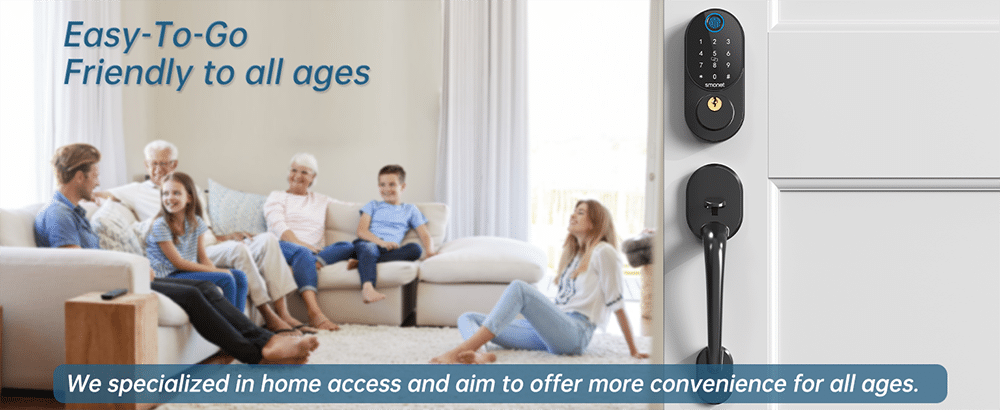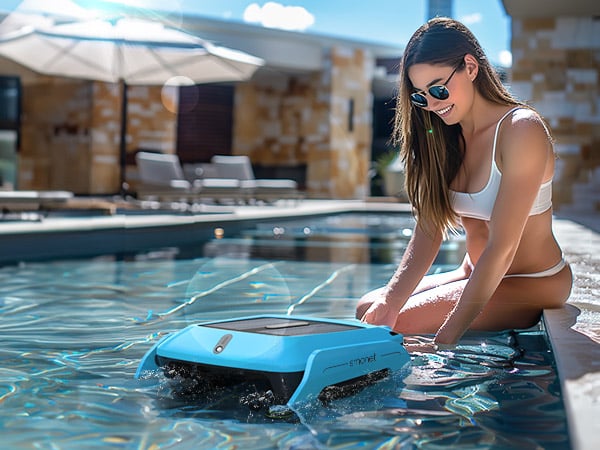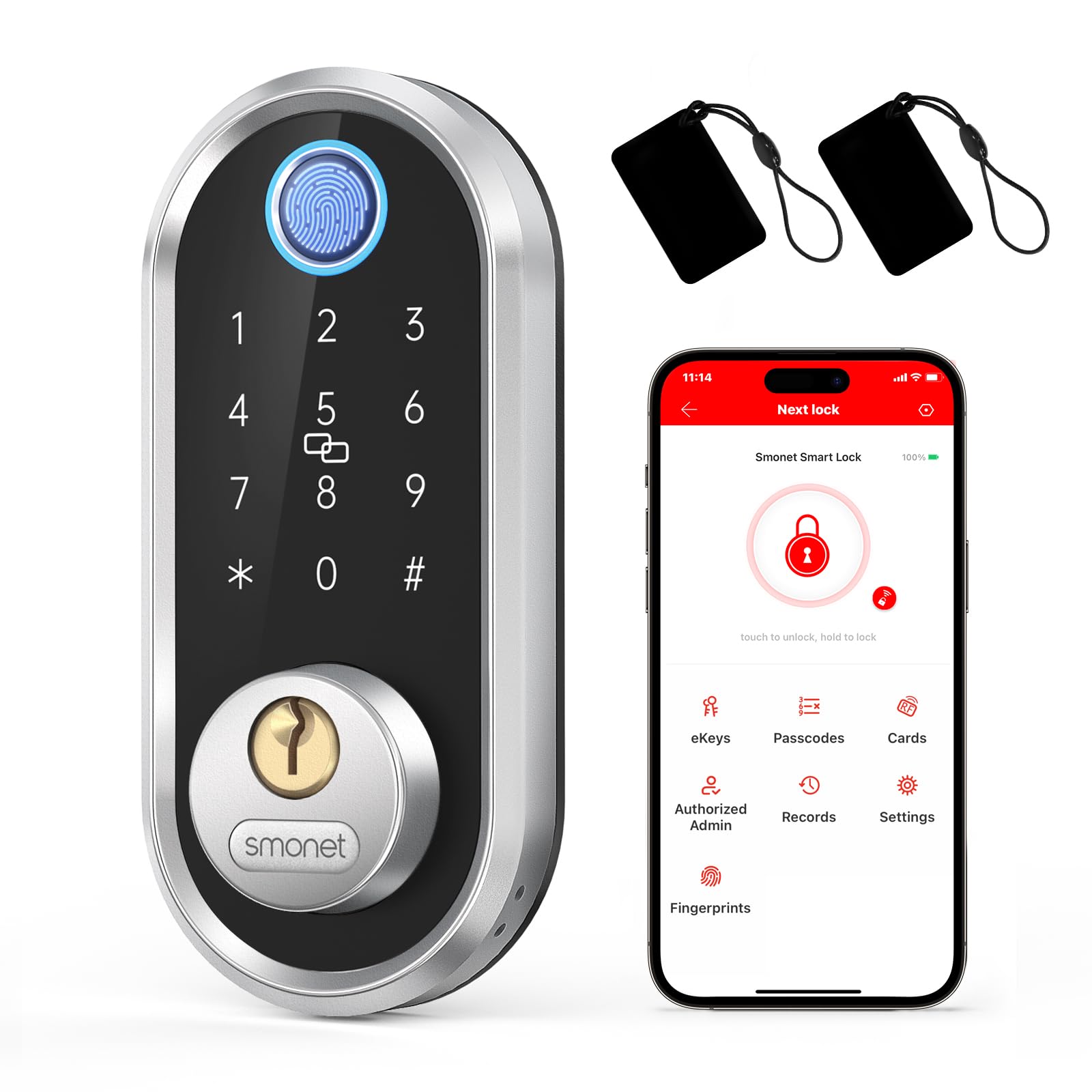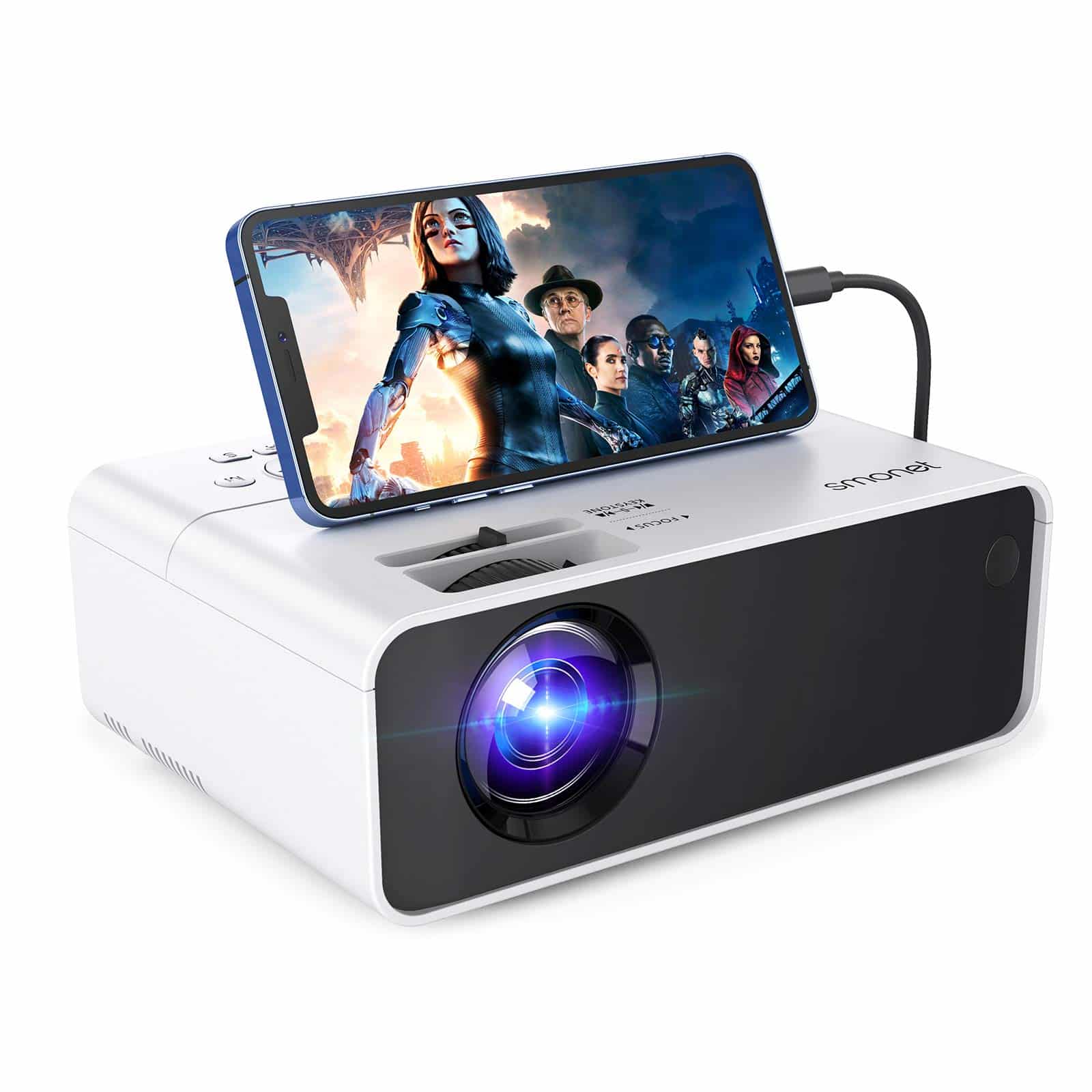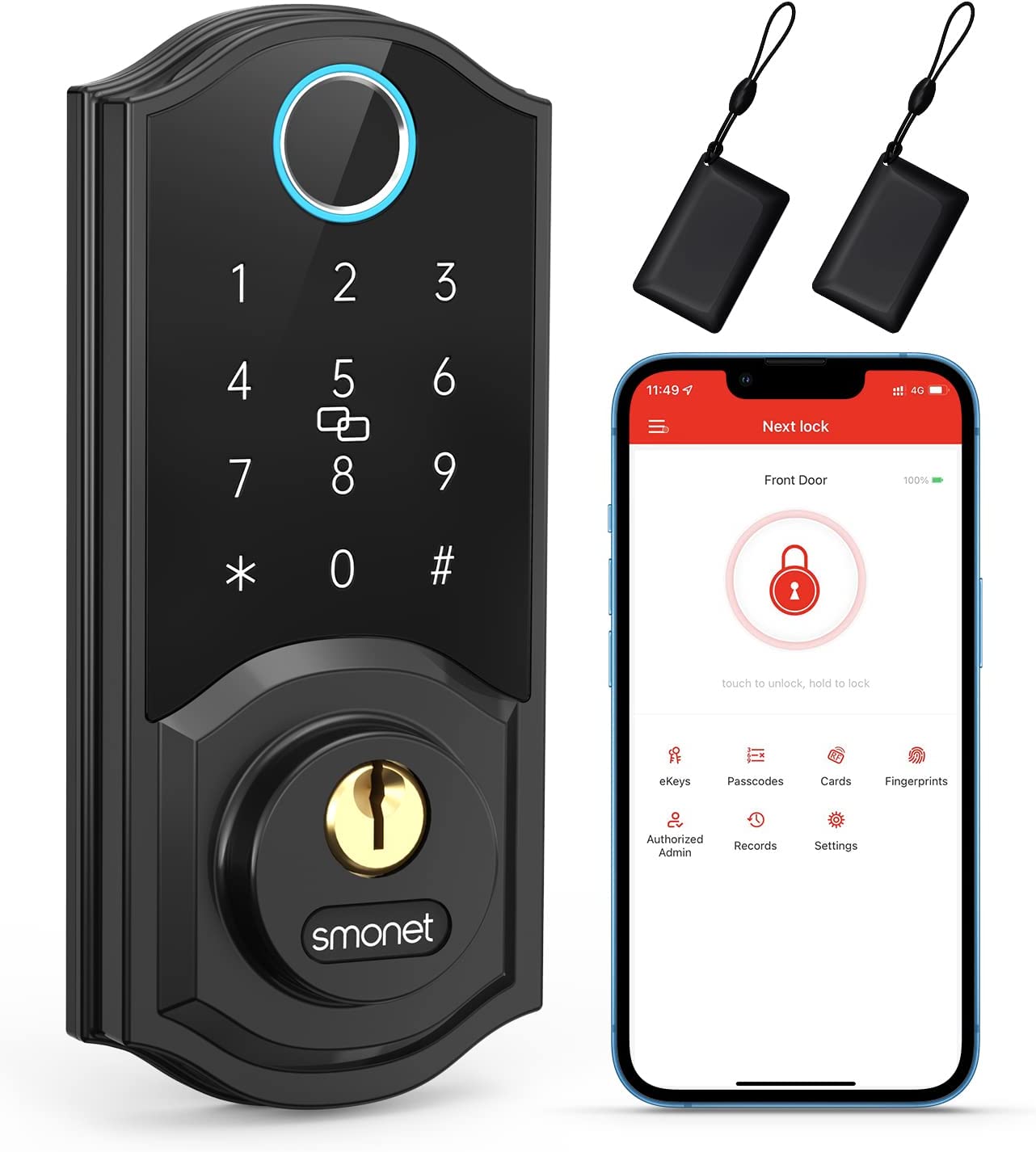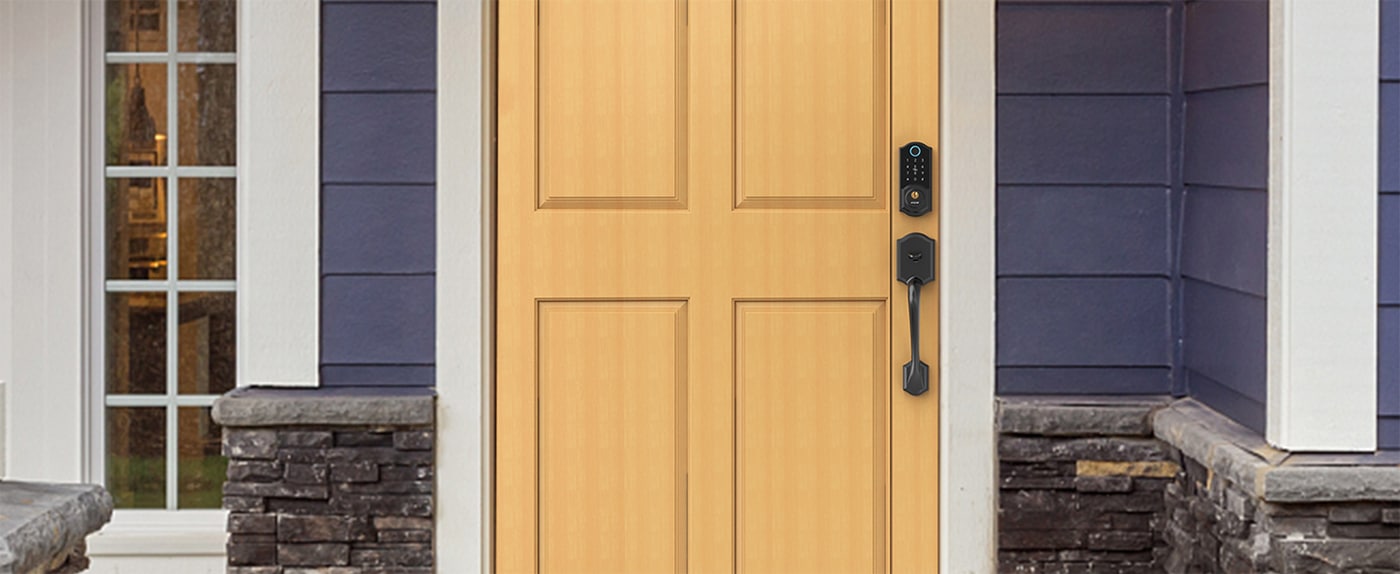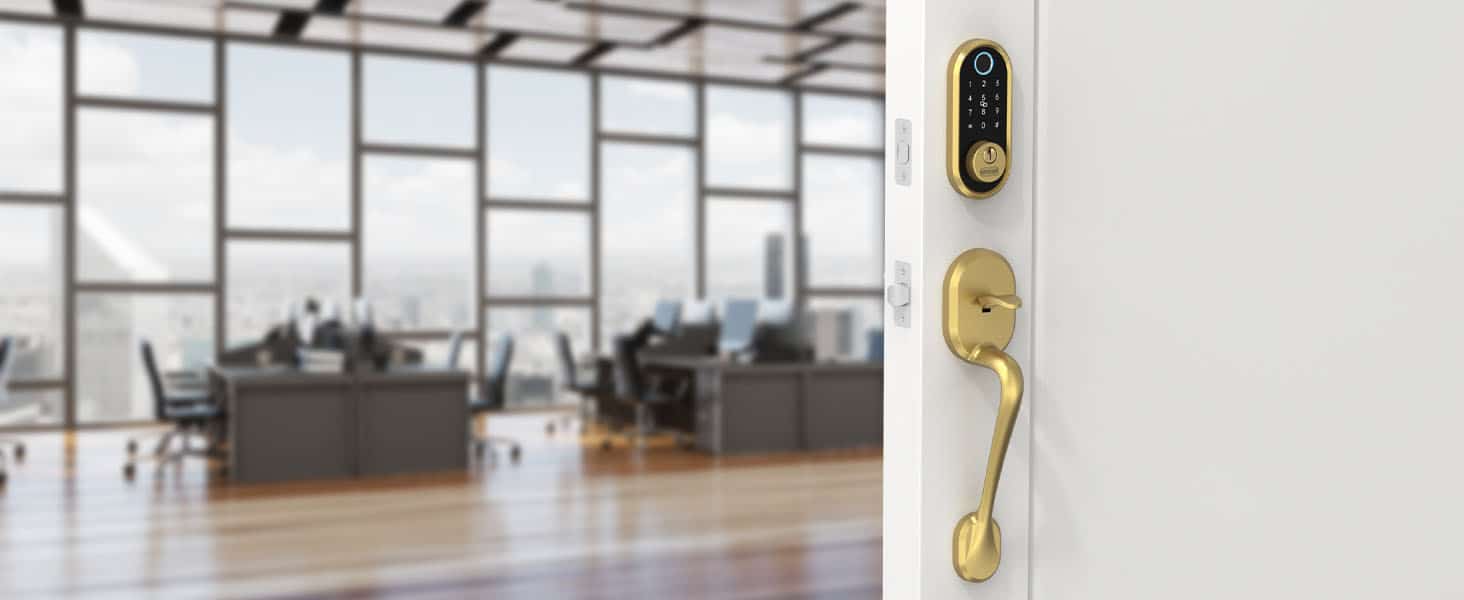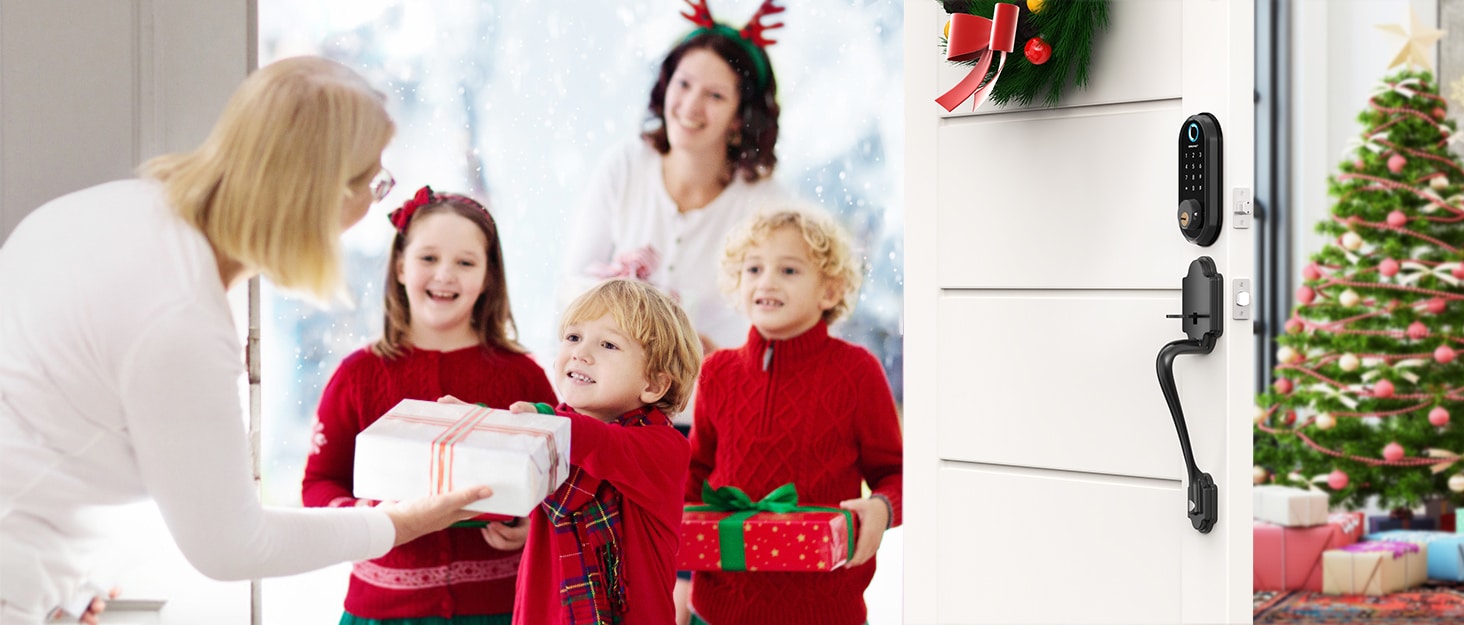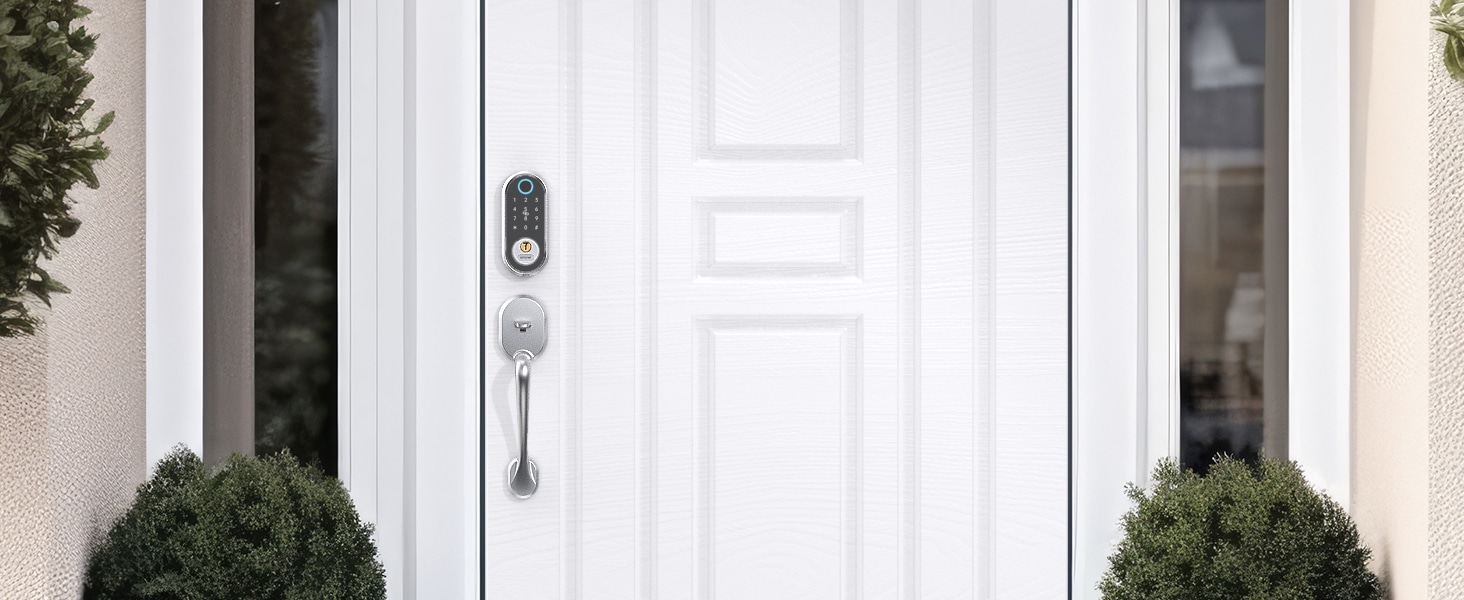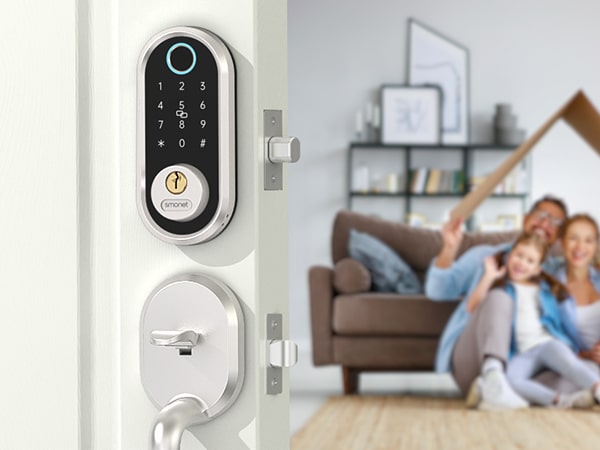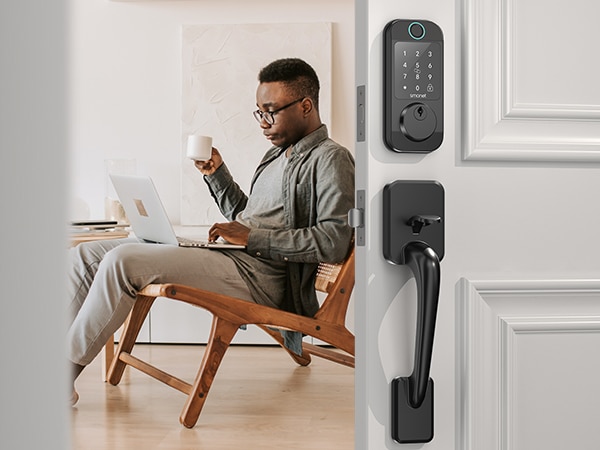The Functionality Of Keyless Door Handle Batteries In Extreme Temperatures
Smart door lock with handle are a go-to choice for enhancing home security in today’s world. These high-tech solutions transform the way we secure our homes, replacing traditional locks and keys with advanced digital counterparts. Despite the many advantages, certain questions remain. One concern that often arises is about the performance of smart door locks in extreme temperatures, particularly focusing on their battery-operated nature. Let’s delve into this:
Understanding Battery Performance in Extreme Temperatures:
Batteries, as the power source of smart door locks, have a significant role in their performance. Generally, batteries are susceptible to temperature changes, and their performance may vary under extreme heat or cold. Both extreme cold and hot temperatures can adversely affect the chemical reactions within batteries, thereby impacting their ability to hold and deliver power.
Operation of Smart Door Locks in Extreme Temperatures:
As smart handle door lock are mostly installed on the inside of the door, they are somewhat insulated from drastic external temperature fluctuations. However, in regions where extreme temperatures are often encountered indoors (extreme cold in winter or extreme heat in summer), battery performance might be affected, and as a result, the efficiency of the smart door lock might decrease.
Electronic handle lock are designed to function under a wide range of temperature conditions. While they are generally resistant to temperature changes, situations of extreme cold can cause batteries to deplete power more quickly, and excessive heat can lead to increased self-discharge, which can shorten battery life.
Mitigation Strategies for Extreme Temperatures:
Though extreme temperatures can impact the operation of smart door locks, there are ways to mitigate this. In regions that experience extreme cold, the use of lithium batteries is often recommended over alkaline counterparts, as lithium batteries perform better in cold conditions. During hot weather, try to protect the smart lock and its batteries from direct sunlight and overheating.
To conclude, while smart door locks and their batteries are affected by extreme temperatures, manufacturers design these devices to operate under a broad temperature range. By following the aforementioned strategies and regularly maintaining the system, users can ensure optimal performance from their smart door locks, regardless of the weather conditions. Always refer to your specific device manual for detailed instructions and recommendations based on your local weather conditions.
Prime Day OFF
Until the End
-
Master Of Cleanliness: Visual Guide To Recognizing And Understanding Your Electric Pool Cleaners
-
Making the Right Choice for A Best Keypad Door Lock: A Guide Based on Material Consideration
-
The 7 Most Common Types of Locks for Home and Office Security
-
Door Knob With Fingerprint Identification- The Future Of Home Security
-
Selecting the Ideal Digital Door Lock Style and Color for Your Abode
-
Evolution Of Security- Smart Door Key Lock
-
Mailbox Digital Lock- Reinventing Mail Security In The Digital Age
-
Exploring Alternative Unlocking Solutions - Smart Lock Fingerprint Cards and Wristbands
-
Touch Id Door Locks- Next-Generation Security At Your Fingertips
-
Smonet Home Door Lock- The Future Of Home Security

